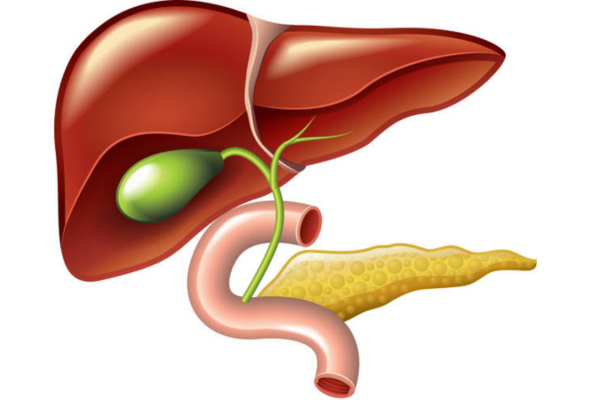Laparoscopic Cholecystectomy: A Comprehensive Guide by a Laparoscopic Surgeon
Introduction As a laparoscopic surgeon, one of the most commonly performed and highly successful procedures I encounter is the laparoscopic cholecystectomy — the minimally invasive removal of the gallbladder. This procedure has revolutionized the management of gallbladder diseases, offering patients faster recovery, less pain, and reduced scarring compared to traditional open surgery. In this detailed blog post, I will walk you through every critical aspect of laparoscopic cholecystectomy, including its indications, advantages, benefits over open cholecystectomy, the surgical process, potential complications, and patient recovery. Understanding the Gallbladder Before we dive into the procedure, let’s understand the organ in question. The gallbladder is a small, pear-shaped organ located under the liver. It stores and concentrates bile, a digestive fluid produced by the liver, which helps in the digestion of fats. When we eat fatty foods, the gallbladder contracts and releases bile into the small intestine through the bile ducts. When the gallbladder becomes diseased—most commonly due to gallstones—it may need to be removed. Gallstones can cause inflammation, infection, or blockages that result in severe pain and complications. What is Laparoscopic Cholecystectomy? Laparoscopic cholecystectomy is a minimally invasive surgery used to remove the gallbladder. It involves making a few small incisions in the abdomen through which a laparoscope (a tiny camera) and specialized surgical tools are inserted. The camera projects images onto a screen, allowing the surgeon to view the internal organs in real-time and perform precise surgical maneuvers. The gallbladder is dissected and carefully removed through one of the small incisions. Indications for Laparoscopic Cholecystectomy As a surgeon, we don’t remove the gallbladder unless necessary. Here are the main indications for this surgery: 1. Symptomatic Gallstones (Cholelithiasis) 2. Acute Cholecystitis 3. Biliary Colic 4. Choledocholithiasis 5. Gallbladder Polyps 6. Gallstone Pancreatitis 7. Porcelain Gallbladder 8. Gallbladder Dyskinesia Advantages of Laparoscopic Cholecystectomy Laparoscopic cholecystectomy has become the gold standard for gallbladder removal due to several key benefits: 1. Minimally Invasive 2. Less Postoperative Pain 3. Faster Recovery 4. Shorter Hospital Stay 5. Better Cosmetic Outcome 6. Lower Risk of Infection 7. Reduced Blood Loss How is Laparoscopic Cholecystectomy Performed? Preoperative Preparation Anesthesia Surgical Steps Duration: Comparison with Open Cholecystectomy Feature Laparoscopic Cholecystectomy Open Cholecystectomy Incision Small (0.5–1 cm) Large (10–15 cm) Pain Minimal More significant Recovery Time 1–2 weeks 4–6 weeks Hospital Stay 1 day or same-day discharge 3–5 days Scar Minimal Prominent Risk of Infection Lower Higher Return to Work Sooner Delayed Surgical View Magnified view Direct vision Laparoscopic surgery is clearly superior in most elective cases unless contraindicated. Contraindications for Laparoscopic Cholecystectomy Though highly effective, certain situations may necessitate open surgery or delay laparoscopic intervention: Absolute Contraindications Relative Contraindications Potential Complications Though complications are rare, it’s crucial to be aware of them: 1. Bile Duct Injury 2. Bleeding 3. Infection 4. Bile Leak 5. Conversion to Open Surgery 6. Deep Vein Thrombosis Recovery After Laparoscopic Cholecystectomy Immediate Post-op Care Diet Activity Follow-up Long-Term Outcome Benefits to Patients From a patient’s perspective, laparoscopic cholecystectomy offers: Surgeon’s Perspective: Why Laparoscopy is the Preferred Choice As a surgeon, I prefer laparoscopy because: Even in complex cases, laparoscopy is often feasible with expertise and careful planning. Conclusion Laparoscopic cholecystectomy has become the standard of care for gallbladder removal due to its safety, effectiveness, and numerous benefits over open surgery. With modern instruments, experienced surgical teams, and patient education, outcomes have dramatically improved. For patients suffering from gallbladder-related symptoms, this minimally invasive approach offers a quick, safe, and permanent solution. As a laparoscopic surgeon, I can confidently say that this procedure has transformed the way we treat gallbladder diseases—and improved countless lives in the process.

